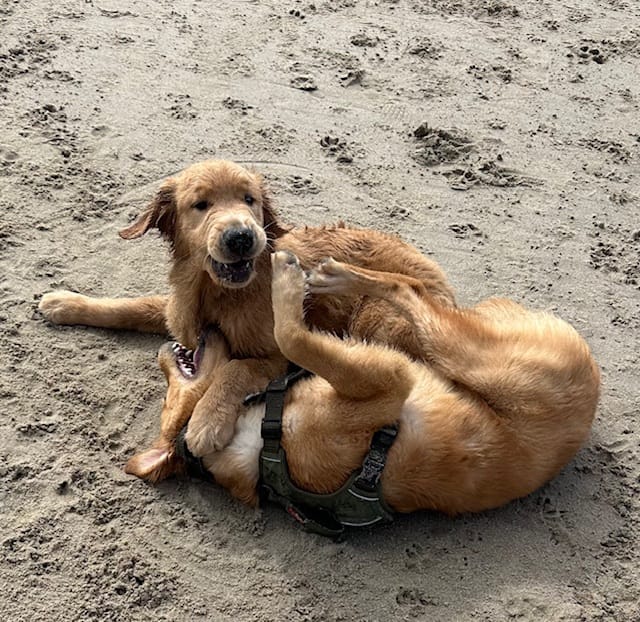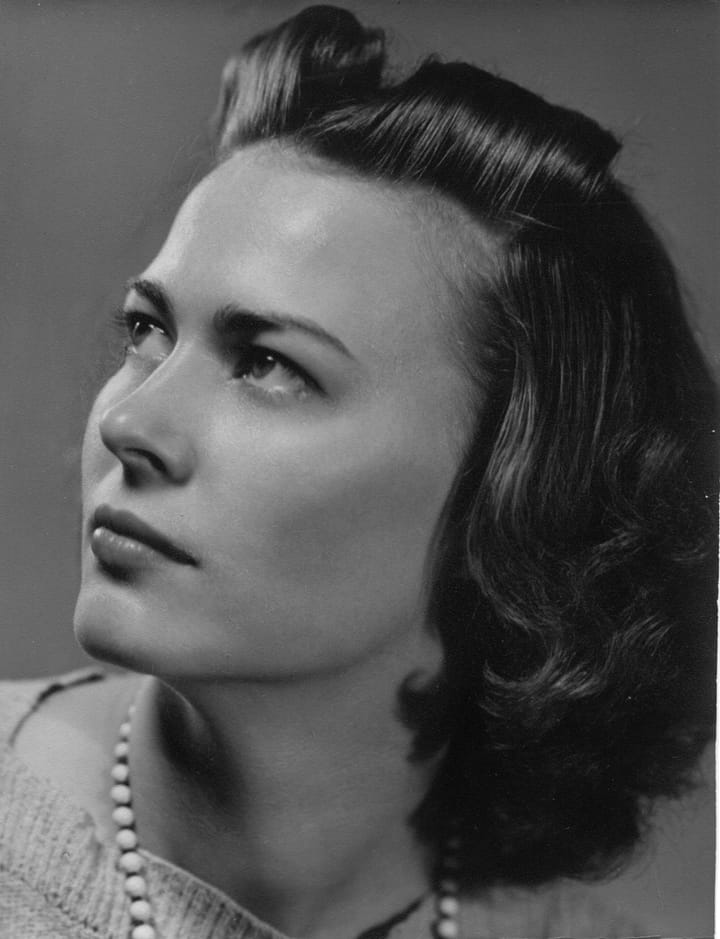White Boy In the Hood…the Day After Dr. King Was Slain

It was about half past eight in the morning of April 5, 1968, when the young white woman rushed into our college Religion class.
I identify her as such because of what she said next. The words came out in a tumble but the context was obvious. The night before, The Reverend Martin Luther King had been gunned down in Memphis. The nation’s cities were bracing for violence in the streets.
She was asking for help. “I work with the local people from this neighborhood…”
We all knew that what was commonly identified as the black section of town was just a couple minutes’ walk from our stone hall full of classrooms—“and they—”
She gave in to the kind of head-bob that is meant to shake the tears away so you can spit out your message—“they just think nobody cares.”
We ten or so undergrads looked up at Professor Daniel Bechtel. He was a Pennsylvanian educated in the state, and a scholar who would chair the Phi Beta Kappa committee for our school, Dickinson College, in (sometimes) sleepy Carlisle, Pennsylvania. He was then 36, a lanky, bespectacled, gentlemanly presence.
He had been teaching us, halfway through the spring term, largely from the Dietrich Bonhoeffer classic, “Letters and Papers from Prison,” published posthumously in 1951 following the anti-Nazi philosopher’s execution by hanging in April 1945 for plotting against Hitler. A serious scholar with a postgrad degree from Yale (and a sometime poet), Dr. Bechtel would have been mindful that Bonhoffer, like Dr, King, died at the age of 39—hung by Hitler’s Gestapo for plotting against the Fuhrer. Bonhoeffer was enough of a warrior that he forsook the chance certain other German philosophers took to emigrate from Germany to the U.S. “I will have no right to participate in the reconstruction of Christian life in Germany after the war,” he told a colleague, “If I do not share the trials of this time with my people.”
Professor Bechtel would also know that while visiting America in 1930-31, Bonhoeffer had chosen to worship in Harlem, at Abyssinian Baptist Church–not, as one Bonhoeffer scholar has written, “ in the protected and fashionable sanctuaries which would have welcomed him”. (Dr. King would visit the landmark church in 1957 in support of his Prayer Pilgrimage.) At some stage in class discussions I had said something obtuse about Bonhoeffer, and in his studious way but with an edge of rebuke, the professor had corrected me. I felt I’d failed him somehow. He had at least a couple of serious students, and even a couple pious ones, but probably saw me as a dumb jock taking a stab at a gut course.
And now we were looking at him. He was clearly activated, if grave. He let us know that class would be dismissed, meaning all present could return to the walled garden that was the picturesque campus of the eleventh oldest college in the nation.
Then there was silence. I didn’t hear sirens, but you couldn’t miss, rising up from the nearby main drag, the guttural urgency of big police sedans and trucks convoying about.
The first to respond was a slight, sweet-tempered lad named Jim Wolford. He was on his way to Phi Beta Kappa status, and as my recent online research shows (I’ve reached out to him), had a decades—long but steady rise from the ministry into an elevated position in the Lutheran church hierarchy.
But at this moment he was the sole student to rise with purpose and stand beside the visitor. I somehow knew if I looked into Professor Bechtel’s eyes I would be next, and so it came to be. I don’t recall any thought process whatsoever, no moment that would make this into what my son, at 21, would mock as a White Savior story. But I suppose it’s still some sort of humble brag to say I all but thoughtlessly joined the group.
The walk to the church as a quartet was brief. We may have wondered what the roaming law enforcement would have made of our lost patrol, but we seemed to have some cloak of invisibility—or irrelevancy?--as local folks hurried past.
Was this day the last clement moment in American politics of the street? New York Mayor John LIndsay went up to Harlem that day, and both grieved and addressed poverty issues; he would be credited with forestalling major disturbances. In Indianapolis, Senator Robert F. Kennedy spoke on the assassination, and tensions abated. In Boston, a James Brown concert at the Garden took place only after local pols preceded him to speak of peace and unity.
The ignorant sangfroid I claimed above got its first test as we approached the church. There was a loud, now rhythmic, now frantic, clattering from within which, we would discover as we entered, the airy white-painted interior of the chapel, came from a group of local youths lining both sides of the nave and battering the walls with vertically held, taped-up baseball bats and various other implements.
An equal or greater number of adults in the room were scattered in the pews and by the altar, for a total of fifty or so.
Our group advanced tentatively down the busy aisle, to where a gaggle of ladies stood in a loose circle. I would come to know more like them in the praise houses and congregations in black South Carolina, but this day these meticulously dressed women (I’ve heard vote-counting politicos call them, with much respect, “hat ladies”) made a point of greeting us with warmth. This brought the moment of realization--I then and now believe to my soul, they are angels on the earth and the loving center of their cohort.
If each slapped bat brought a tremor to my spine, I nonetheless perceived that these ladies were the mothers and grandmothers of the youths present, and that they were in steady if unspoken control of the room.
That’s it, the whole drama of the visit was ending But it was time to go. I immediately believed that—with the slight codicil that we still had the walk back to campus—I would be at lacrosse practice in five hours and back in my room at the frat lodge soon after.
What, if anything, had been accomplished by our scant hour in the hood? I’ll never know.
My wife happened to pass by while I was watching the “1968” CNN documentary episode's footage of the National Guard keeping the peace, as the phrase goes, while deployed on urban streetcorners with fixed bayonets. I was quite sure the tears she noticed welling up were not some awakened trauma, as if I was now finaly assessing the previously scuttled risk factors fifty-six years later.
I think what hit me is the lasting futility of a steadily failing American experiment in equality.
1968 was of course the year of the Democratic convention disrupted by Chicago Mayor Richard Daley’s thugs, and maybe I was feeling the notion that this week’s convention in that city would go splendidly. Former President Barack Obama and his first lady are speaking tonight, there’s that. And maybe a tear or two was thanks to the joy thing as Kamala, one devoutly hopes, unhorses Trump.
But I do recall the song in my head that day walking past the limestone edifices of the campus. (Though I couldn’t have known--but might have imagined--that protest singer Phil Ochs would transform the activist urges of a generation into effective political theater in August 1968 at that Democratic convention.)
I had spent a fair few hours the previous year listening to Ochs's album “Pleasures of the Harbor,” with its slate of protest songs, including one that—purposely expropriated, triggering words and all—was memorable in part for its bouncy verses and refrain:
Sweating in the ghetto with the colored and the poor
The rats have joined the babies that are sleeping on the floor
Now wouldn’t it be a riot if they really blew their tops
But they got so much already and besides we got the cops
And I’m sure it wouldn’t interest anybody
Outside of a small circle of friends…
Six years after those miniutes in Carlisle amidst my fellow citizens, I would be living in South Carolina’s Low Country as a VISTA volunteer attached part-time to Penn Center, a school and activism center where Dr, King had legendarily spooled up his messaging (including the “I Have A Dream” speech.)
Dr. King and Penn Center: https://www.wtoc.com/story/23233980/mlk-50th-anniversary-march-brings-back-penn-center-memories/
Today, much as then I won’t dare the effrontery to suggest that I was in the circle of friends of those righteous people in that church. Did they even remember that moment the next day? Or in some future days?
But I remember, even through some hazy details. I remember it like it was yesterday.



Comments ()